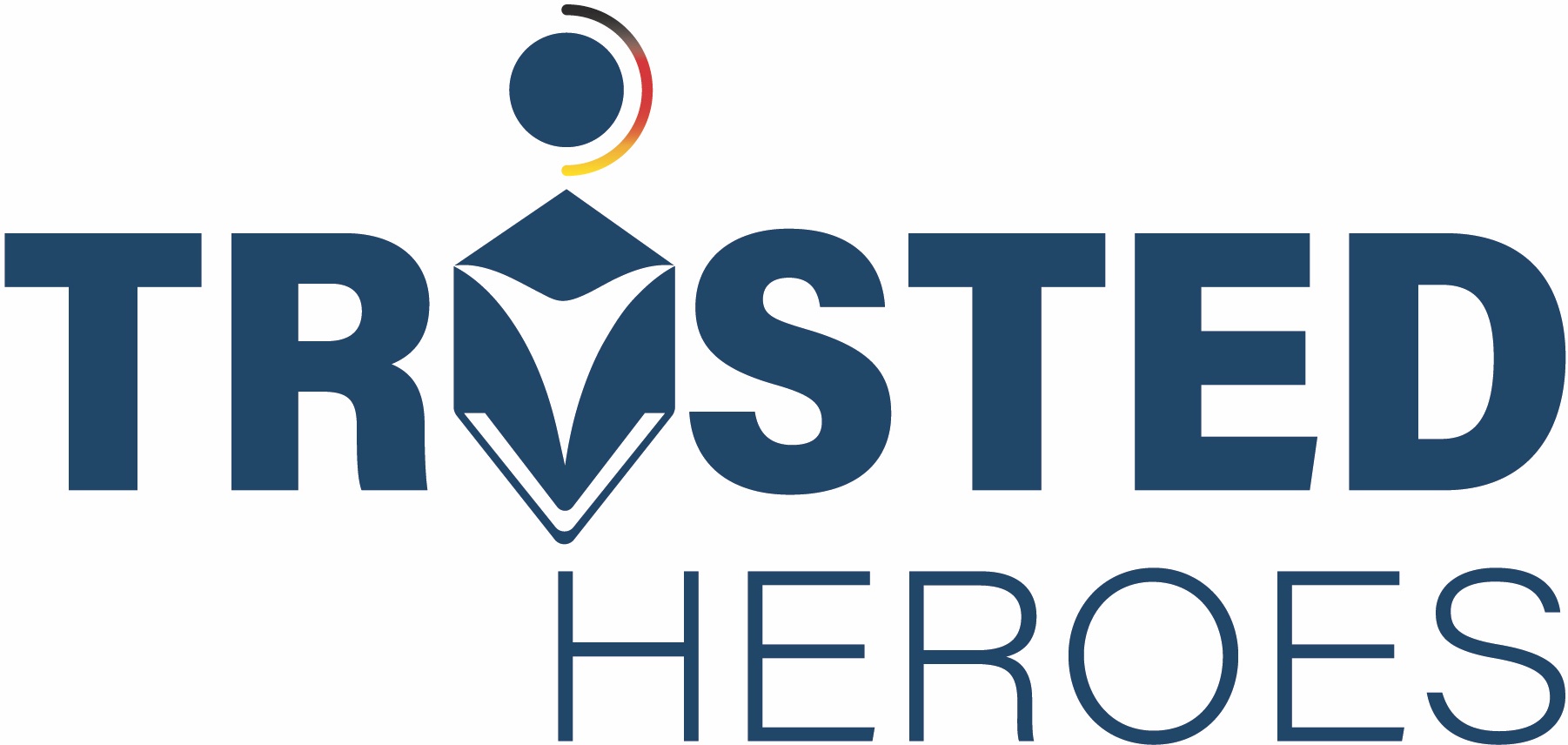The term “validation” plays a crucial role in product development and quality management. It refers to the comprehensive process that ensures a product not only meets its technical specifications but also fulfills the actual requirements and needs of the end users.
Core Meaning: Validation focuses on the question, “Have we developed the right product?” It is not only about technical aspects but primarily whether the product meets user expectations and needs in real-world use.
Methodology: Validation includes various methods depending on the product and application area. These include user tests, field tests, and simulations. All these methods emphasize real usage scenarios to ensure the product works effectively in its actual environment.
Difference from Verification: While validation ensures the product meets user needs and requirements, verification focuses on whether the product was correctly developed according to its specifications. Together, they form the two crucial pillars of quality management.
Importance for Market Success: A technically flawless product that does not meet user requirements has little chance of market success. Validation ensures the product fulfills its intended purpose, thereby increasing customer satisfaction and loyalty.
Continuous Feedback: Another important aspect of validation is gathering ongoing feedback. This enables companies to continuously improve their products and adapt to changing user needs.
Overall, validation bridges technology and users. It ensures products not only function as planned but also deliver intended benefits in real life. This often iterative process guarantees that products and services can be successfully launched in the market and meet or even exceed end-user expectations.





